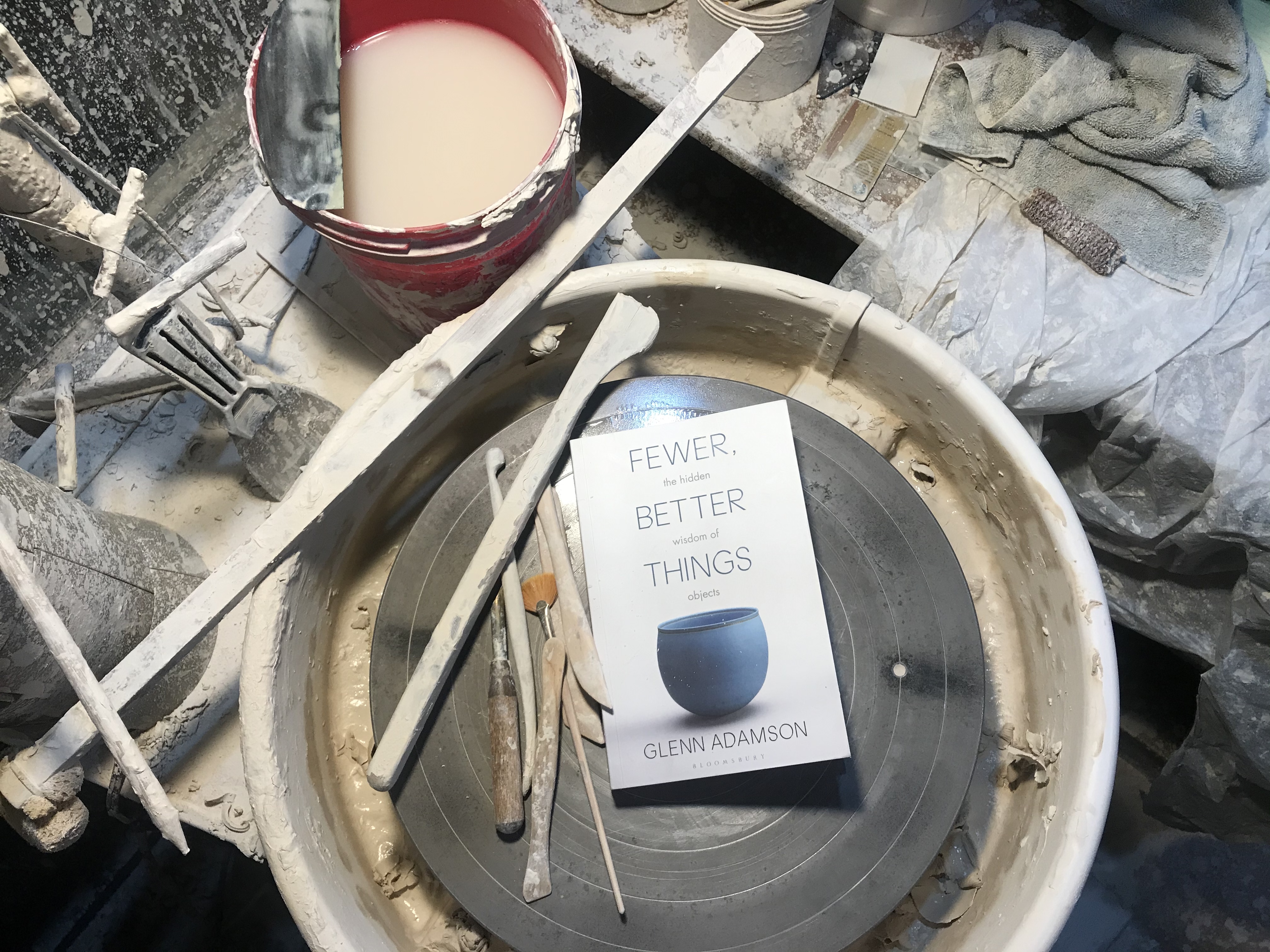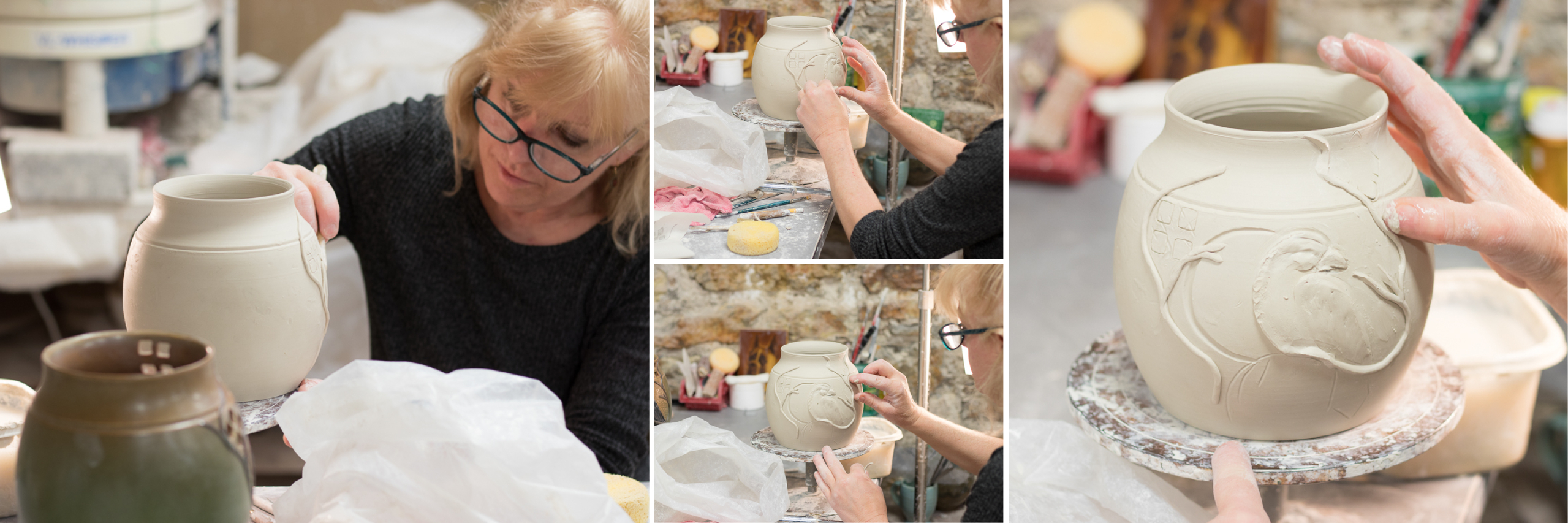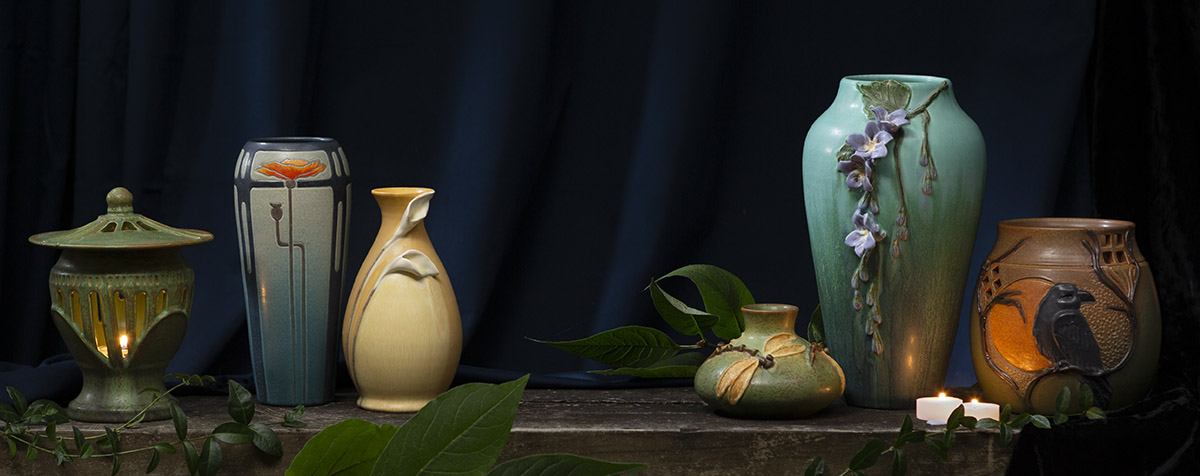
An Argument for Hand-Crafted Objects
Sharing from our friends over at Ephraim Pottery:
William Morris, the 19th c. British founder of the Arts & Craft Movement, famously wrote, “Have nothing in your house that you do not know to be useful, or believe to be beautiful."
The Arts & Craft Movements’ ethos of a return to hand-crafted objects in the face of increasing industrialization is an idea that has resonated with our studio since day one. If anything, handmade objects have taken on even more importance to us over the years as we ask ourselves:
- Are we missing something as we pivot to a largely digital world?
- Is an over-abundance of things with unknown origins fundamentally unsatisfying?
- How is making pottery by hand a worthwhile endeavor when ever easier methods exist?

We recently read Glenn Adamson’s book Fewer Better Things: The Hidden Wisdom of Objects. Bloomsbury Publishing, 2018. Adamson is the former director of the Museum of Arts and Design in New York, as well as a former curator for the Chipstone Foundation in our home state of Wisconsin. He advocates:
"Let's not think of things as ends in themselves...rather let's consider them as points of contact between people. Every object represents a potential social connection. By better understanding the tangible things in our lives, we better understand our fellow humans." (8)
He points out that any man-made object is the product of thousands of years of built-upon technique and innovation. In taking the time to regard objects, we recognize our shared humanity.

At Ephraim our model is to create designs that we can make in limited editions. Unlike typical limited editions (e.g printmaking), we purposely lean away from technologies (jigs, molds, transfer methods) that remove our hands from the pieces of pottery we make. This tests our skills, but we feel it ultimately results in better pots. Adamson points out that, "to craft an object is to put one's whole self in it (16)...Craft is immediate. It bonds both process and product to the individual maker." (28)
We could make pottery in a more exacting manner by using slip casting and molds, but in throwing each vase individually on the potter’s wheel and sculpting all of the decoration by hand, we impart an artistic sensibility to each individual piece and maintain crisp high relief that would be impossible with the use of molds.

Adamson, ultimately argues that there is a lot to be gained by returning our focus to our surroundings, “when we ignore our material environment, we are essentially forgetting who we are and where we came from.” (88) This practice of refocus, has the potential to answer a few modern anxieties:
- As smartphones crowd out formerly satisfying objects and experiences, through practice we can improve our attention span and reinvigorate a curiosity about the world around us.
- By choosing fewer things and objects of more personal significance, we can reduce waste and lessen overabundance.
- Carefully chosen objects reinforce social relationships through altruism, gift-giving and mementos.
- Objects have the ability to bridge cultural divides, “When confronted with an opinion you don’t agree with, the tendency is to dig in your heels. When confronted with an object you don’t at first understand, however, the tendency is more often to become curious. In time, this may turn into curiosity not just about things themselves but the people who make and use them.” (189)
This book reinforces many of the core values at our pottery studio. So, next time you get one of our pieces in the mail, we implore you to turn it carefully in your hands and notice a fingerprint, a tool mark, a brushstroke, or the way a leaf has been sculpted in such a way as to complement the overall shape of the vase. After all, isn’t our shared humanity something to celebrate?
Shop our Ephraim collection here.
